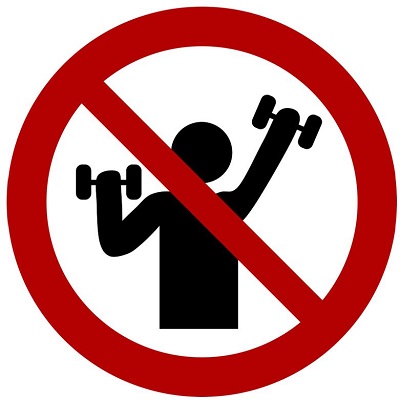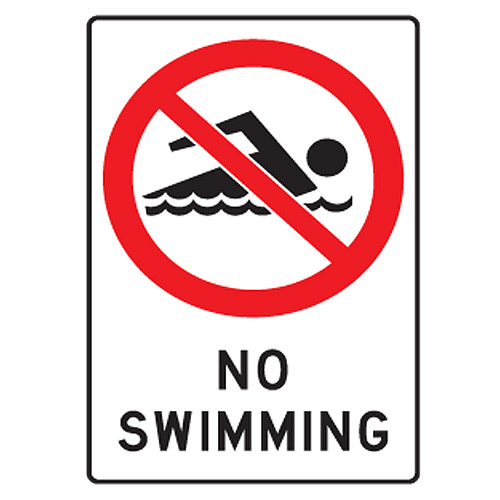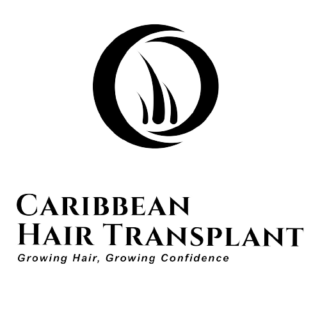Hair Care After Hair Transplant Surgery
Hair care before and after hair transplant surgery
Essential vitamins and minerals are critical for the functioning of the body. Our hair also needs enough vitamins, minerals, and other nutrients in order to grow healthy and strong, just like other parts of the body.
Vitamins and minerals play a major role in regulating the normal hair cycle by generating the growth of hair follicles.
So will the right food and supplements help with hair loss or not?
The short answer is YES! The result will be significant when the hair loss caused by nutrient deficiency is addressed.
If you have already tried all the vitamins and best diets and it still doesn’t help with your hair loss, then it is best to consult with your doctor as the cause of hair loss could be from genetics or something unexpected.
In that case, a hair transplant could be another great option for you.
This is why we are here! We can also give you a health care plan that balances the correct vitamins needed for you to maintain your transplanted hair.
After a hair transplant, you will need to look after the transplanted hair properly because the critical period is the first 2 weeks!
After 15 days, you can resume your usual hair care routine. If there are some scabs, you can soften them with olive oil and wipe them off. You can now exercise and use hair products, but swimming and sauna are still prohibited until one month after the hair transplant.
For the next three months, stop getting sunburned and wear a hat or a hat while going outside. After two months, you can dye your hair, get a perm, and so on.
- To get the best results, you can take the medication exactly as prescribed by your doctor.
- Wash your hair with low-pressure, room-temperature water, being gentle while doing so, and air dry it without using any heat.
- For the first two weeks, gently press with your towel or use a low-heat blow dryer.
- Exercising is not advised.
- Scratching, itching, or rubbing the transplanted region can cause you to bleed again.
- After two weeks, the scabs will fall out on their own.
- During these two weeks, no hair products, like topical minoxidil, should be used because it can irritate your skin.
- During this time, no tight or heavy caps, hats, or helmets should be worn.
How to wash the hair after a transplant?
From the third day after a hair transplant, it is advised to wash the head with lukewarm water. The easiest way to do this is with light touches and gentle drying with paper towels, rather than scratching. It is only recommended to dry with a towel after the first month. After 30 days, the patient is able to bathe or submerge himself in a sea, pool or lake.
Itching and inflammation in the donor region are common in the first few days, and they can be relieved with a saline solution. In addition, a pure ointment or aloe vera gel may be applied to the donor region.
First 15 days: The most intense postoperative period of the FUE technique is the first 15 days. The area becomes redder and you can experience itching and inflammation. During the first week, tiny crusts appear and begin to fall naturally.
Between the third week and the two months: The follicles are separated from the transplanted hair during this process. Don’t worry, this hair will regrow without falling out.
From 3 months: New hair starts to grow.
From 6 months: With stronger and longer hair, new regrowth occurs.
One year after: A completely natural finish. No discernible difference between implanted follicle hair and non-implanted follicle hair.






